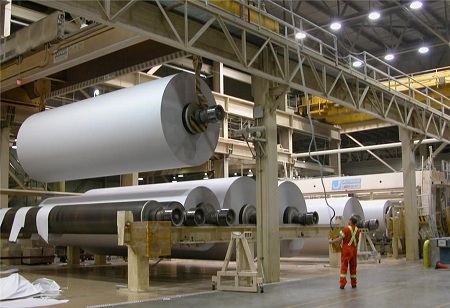The
pulp and paper industry is rapidly expanding, and new inventions and trends are continually taking the center stage. In the past few years, a variety of industrial innovations have sparked interest, including advancements in tissue and towels, cutting-edge pulps, and the drastic rise of the corrugated market.
Amidst all the speculations and concerns about the future of the paper industry, in the post covid world the segment seems to thrive and evolve rapidly. While the whole industry is witnessing overwhelming growth, the corrugated box market in particular is setting new benchmarks. The boom in the eCommerce market matched with rising anti-plastic sentiments has been a major driver for growth.
The global pulp and paper market size is anticipated to rake up around USD 380.12 billion by 2030. The growth and increasing demand are paving way for new trends in the paper and pulp industry. In this article, let's look into the key trends, that are taking a robust shape today.
Sustainability and a shift to a circular economy
The move to minimize environmental impact has brought some positive changes in the global domain. Businesses, whether big or small, are showcasing environmental consciousness and adhering to responsible practices. Leading the change, India has made some considerable developments toward sustainability. With a ban on single-use plastics (SUP), a newfound interest in paper products can now be witnessed.
Critical industrial segments like FMCG, food, and beverages are making their move toward paper products as a way to sustainable solutions. According to reports, the Indian paper and paper products industry is expected to touch $ 15.69 bn by 2027.
The growing potential of paper products as sustainable packaging alternatives is shooting up the demand and pressurizing the available raw material assets. The industry is required to heavily invest in alternatives to relax environmental dependency.
A circular economy deems necessary today, and the country looking forward to harnessing its fullest potential. With an abundance of paper waste nearing 50 percent of overall dry waste generated, in the country the nation's paper product manufacturers are actively shifting to a circular model.
